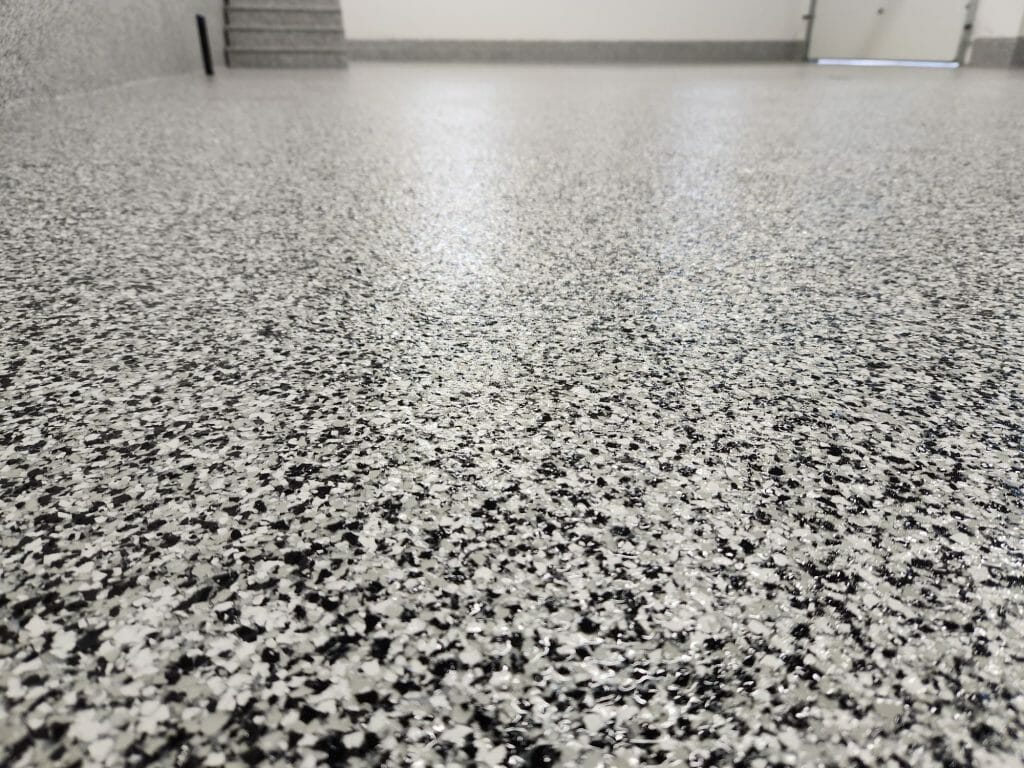Concrete is strong but not invincible.
Concrete is a tough material capable of handling heavy loads, but it is not invincible. There are several factors that can damage concrete, including freeze-thaw, erosion, abrasion, corrosion and chemical attack. The good news is that if you have damaged concrete in your home or business, it can often be repaired through a series of different styles of repair.
There are several different types of concrete repairs: crack repair, small patch repair and large section repair. Each has a slightly different method and set of materials used during the process. As with any type of repair work, timing is crucial when considering whether to make a concrete structure more stable or to remove and replace unstable sections.
The sooner you address your concrete problem the better!
If a crack becomes problematic, it may be time to repair the concrete.
If a crack becomes problematic, it may be time to repair the concrete. Cracks can weaken the structure of the concrete, interfere with its function, let in water or other contaminants, create trip hazards and become an eyesore. If we let the concrete deteriorate too far it may be possible the only option would be to replace the entire slab; at a cost of around $35/sq ft. But if you act quickly and repair your concrete right away, some problems can be avoided altogether.
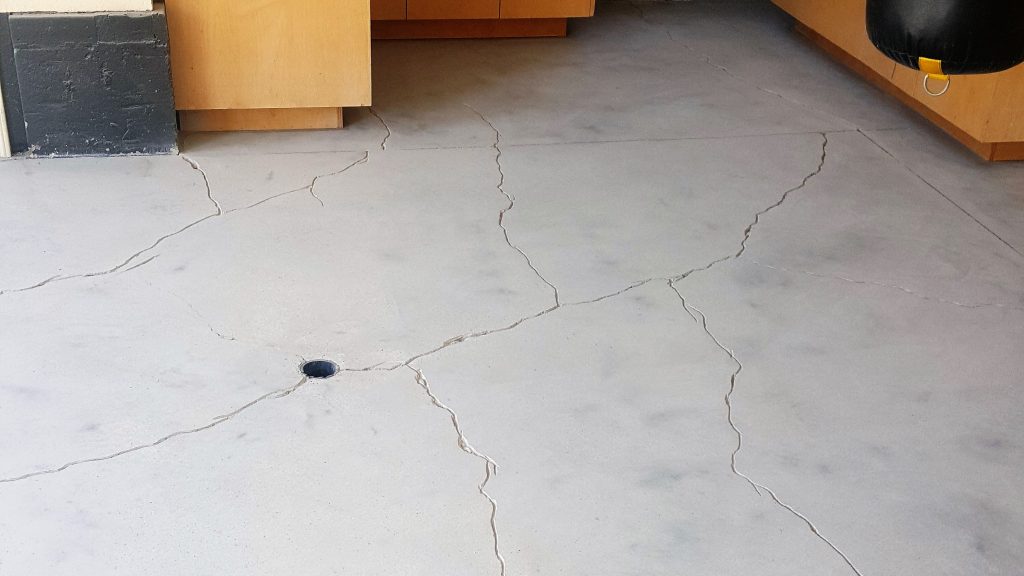
A Chipped & Cracked Concrete Floor Like This Can Be Repaired!
A professional can help you decide which concrete repair option is best.
A professional contractor is the best choice for your concrete repair. The contractor has the knowledge and experience to make sure that you choose the best method for repairing your concrete. They know the pros and cons of each option, which method is best for your specific problem, and how to apply repairs properly.
For example, curing windows vary by product and a professional understands application intervals. Although it’s tempting to save money by doing a repair yourself or hiring an inexperienced company, problems will arise not only from improper installation and substrate preparation, but also from incorrect product identification (which could end up costing more in labor).
2-Part Polyurethane repair systems are a common concrete repair method.
You can repair concrete using 2-part polyurethane systems. In this method, a liquid polymer is injected into the crack. This polymer expands and hardens to form a seal against water intrusion, and also forms a strong bond with the walls of the crack. Polyurethane systems can be used to either fill or seal cracks in concrete, or even as a form of structural reinforcement for certain types of cracks. Unless you’re an experienced DIYer, it’s best to call in an expert when working with polyurethane crack repairs. Given that this process involves chemical injections, epoxies reacting to one another and potential hardening times ranging from five minutes to three days, there are many things that could go wrong if you don’t know what you’re doing! Moreover, while polyurethanes are effective in horizontal applications such as driveways, garages, and sidewalks, they are not recommended for vertical surfaces such as foundations or retaining walls because they may not have enough time to expand before setting completely.
Cementitious repair products can be used to re-level uneven floors
Cementitious repair products are another option for repairing aged or deteriorated concrete. In this process, a chemical bonding agent is used to adhere either a cement paste or mortar mix to the surface of the concrete. The repair material must be thoroughly mixed with water and then troweled into place. Once applied, it can be shaped and finished in any way needed (broom-finished, smooth trowel finish, stamped, etc.). Often these products half self-levelling properties, making them ideal for in existing basements, shops, or office spaces that have sunken, lifted, or heaving concrete.
In general it should be recognized that cementitious repair is a service that requires special skills and knowledge beyond those required for general concrete construction. Applicators of cementitious repair products should be trained by the manufacturers of the materials being used in the process.
Concrete can be resurfaced with high-strength repair mortar!
Every year construction technology gets more advanced and effective; and concrete repair strategies are at the forefront of many companies research programs. Concrete is the most common building material in the world, thus leading to an impossible feat of repairing and replacing damaged, cracked, peeling, or spalling concrete the world over. Typically speaking the most common repair strategy is to replace the affected area in its entirety, something that as of late can cost upwards of $35/sq ft!
No Longer.
With chemical properties that allow it to bond tenaciously with existing concrete, MG-Krete magnesium phosphate repair mortar is the ultimate concrete repair product. With applications ranging from curbs & sidewalks to pools and stairways the uses are virtually endless. MG-Krete is a two-part mixture that does not include water, which upon mixing undergoes an exothermic reaction with the end result being a self priming tenacious concrete repair. Once the product is mixed it immediately beings to cure, allowing for incredibly fast return to service times, minimizing disruptions and returning to use sooner!
- Outdoor Pool Patching
- Garage Slope Remediation
- Exposed Aggregate Driveway Resurfacing
- Curb & Sidewalk Repair
- Walkway Repair & Resurfacing w/ Colored & Stamped Finish
- Adding Floor Drain to Existing Garage
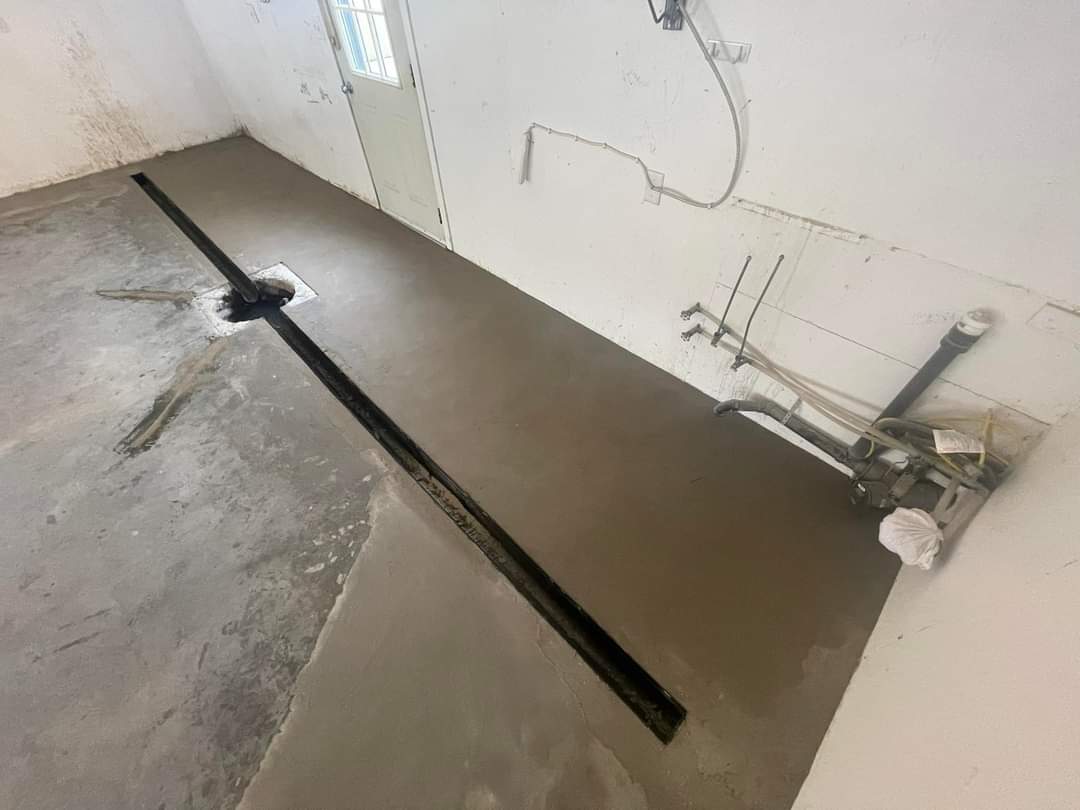
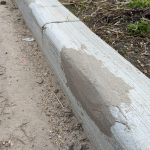
These are just some of the applications where MG-Krete has saved money, time, and inconvenience for our customers. Contact us today for a free estimate to repair your damaged concrete!
Concrete coatings are a premium option for repairing deteriorated concrete.
A third option for repairing deteriorated concrete is to apply a coating. Concrete coatings come in a wide variety of different types, finishes, colors and styles. They are available in smooth or textured finishes and can be applied with either a brush, broom or squeegee. A concrete coating can extend the life of your concrete by protecting it from chemical attack, UV, abrasion, water penetration , salt, calcium, and chlorides – all factors that contribute to the premature degradation and cracking, peeling, spalling, flaking, and delamination of concrete.
Coatings provide an alternative to other decorative options such as paint or cementitious overlays because they offer the advantage of completing multiple repair tasks at once:
- Resurfacing rough concrete
- Repairing cracks
- Improving appearance
- Adding color
- Increasing traction
Concrete coatings are also UV resistant, protect against salt damage and moisture penetration and help prevent freeze thaw damages caused by winter weather conditions. A properly applied coating will last for years without peeling, fading or chipping when applied to suitable surfaces (concrete that is not too damaged) by trained applicators who follow the manufacturer’s installation instructions exactly.
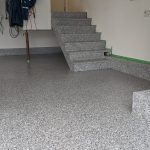
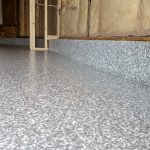
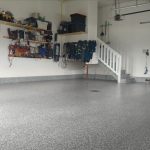
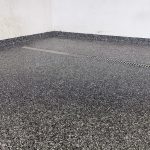
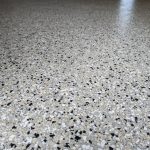
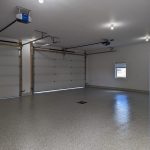
Concrete sealing is sometimes part of the process of protecting concrete from premature degradation
Concrete sealing is sometimes part of the process of protecting exterior concrete. Sealers can be used to prevent moisture damage and provide added color, texture, and slip resistance. Some people apply a sealer to prevent salt corrosion and stains, however a sealer does not have the same level of resiliency as a resinous topping.
Sealers also can protect and enhance the appearance of concrete by adding a gloss or tinting the surface. Some sealers also possess densifying properties that make the surface of the concrete harder. Concrete sealing dustproofs the concrete surface by eliminating porosity, making it more resilient against deterioration. A DuraGuard densifying sealer application can extend the life of exterior concrete, increase aesthetic value and curb appeal, and extend the life of your exterior concrete!
Talk to a professional before choosing a method for repairing your damaged or deteriorating concrete
You should always consult with a seasoned concrete repair contractor who can advise you on your options and provide you with a no-obligation quote. Be sure to get multiple quotes, ask for references, and review the contractor’s qualifications. Any good concrete repair contractor should be happy to answer your questions while onsite inspecting the damages.

